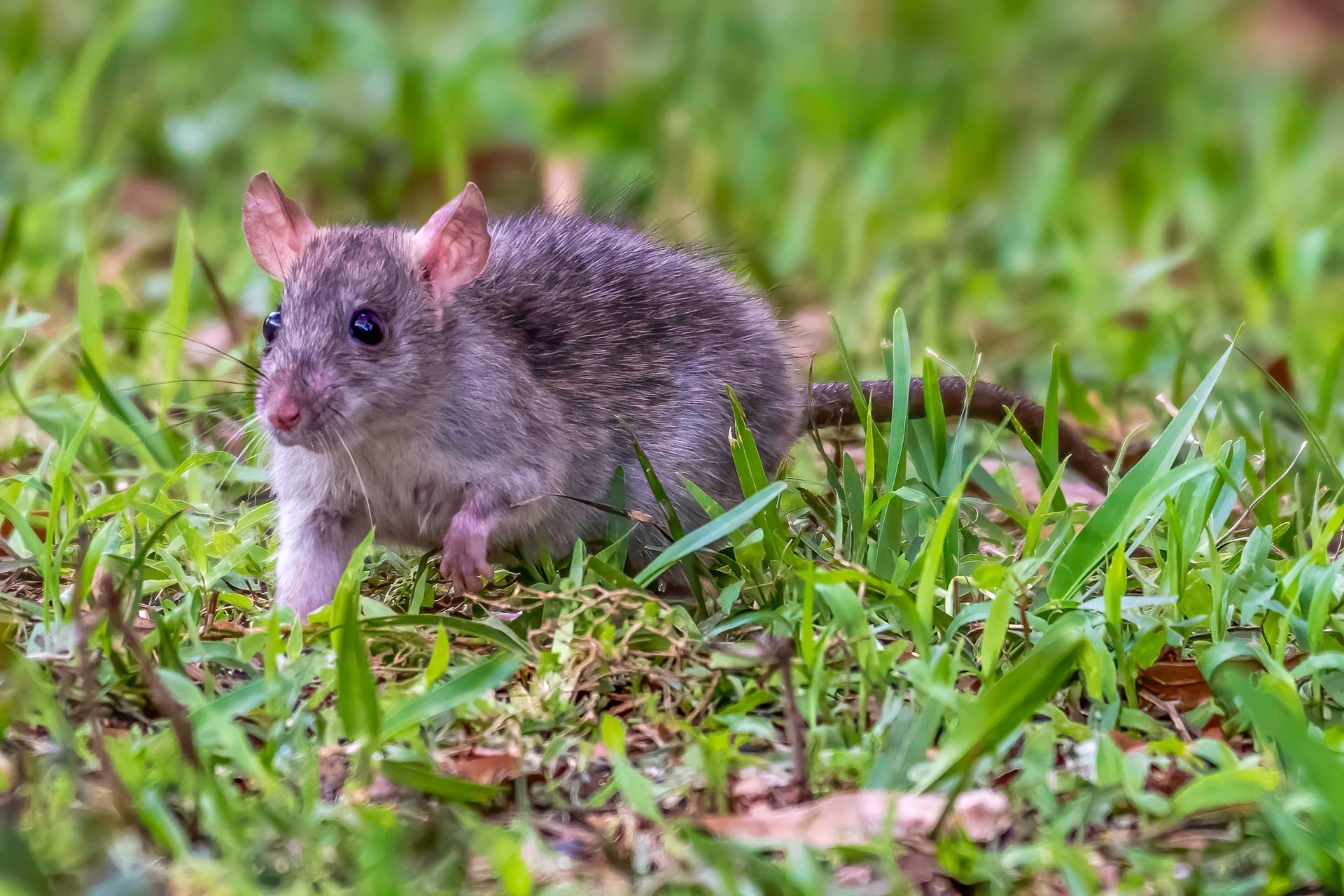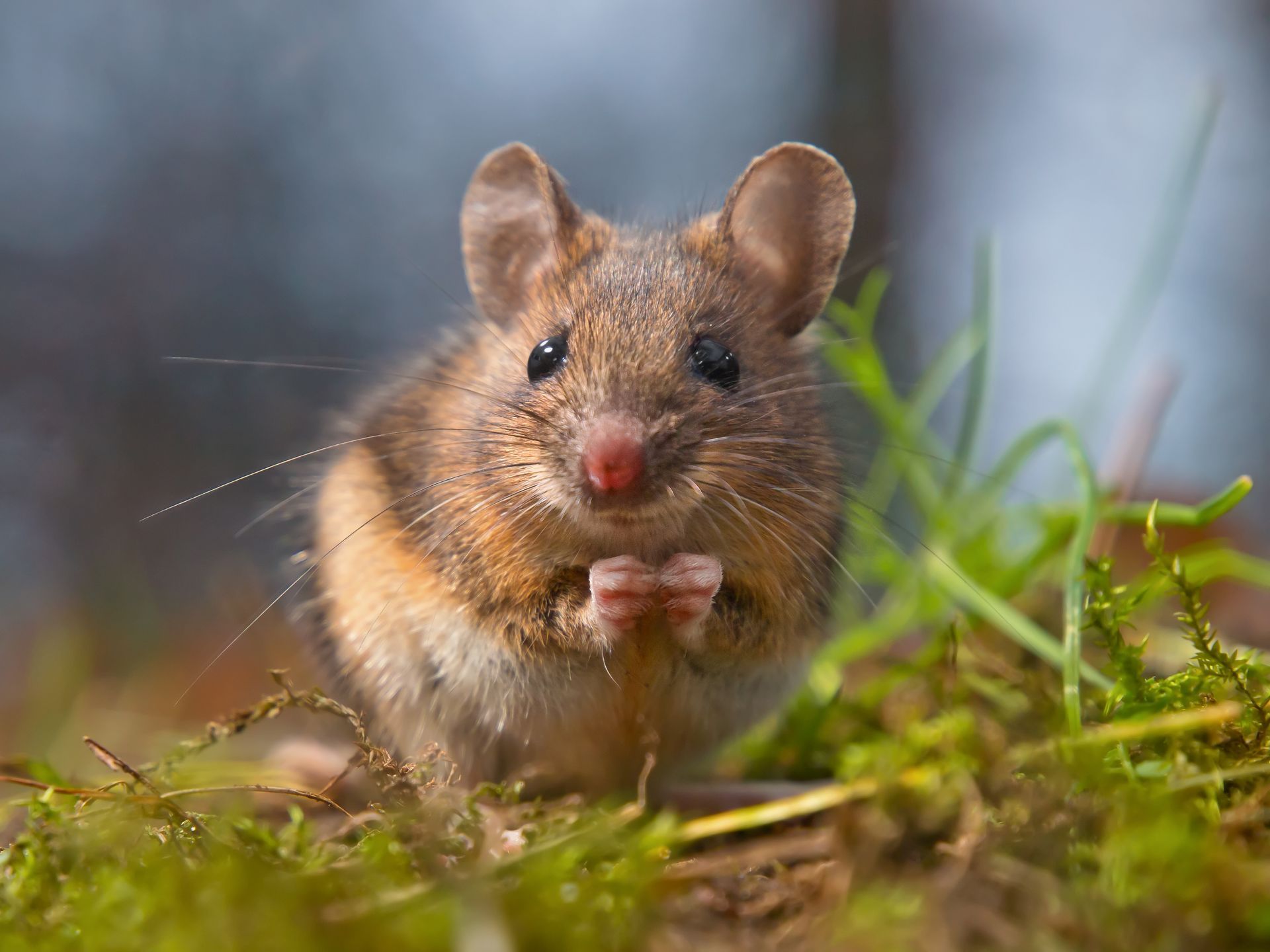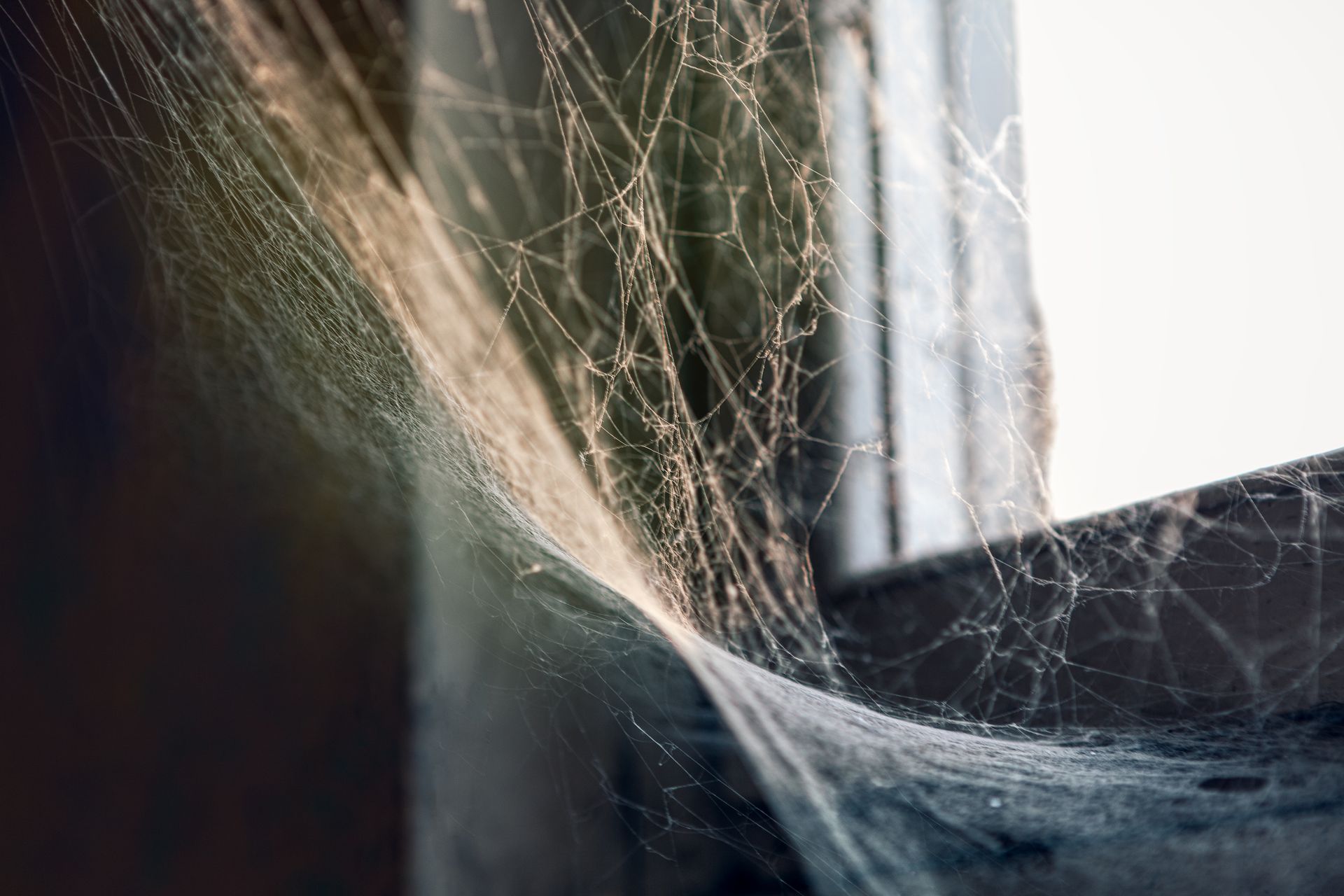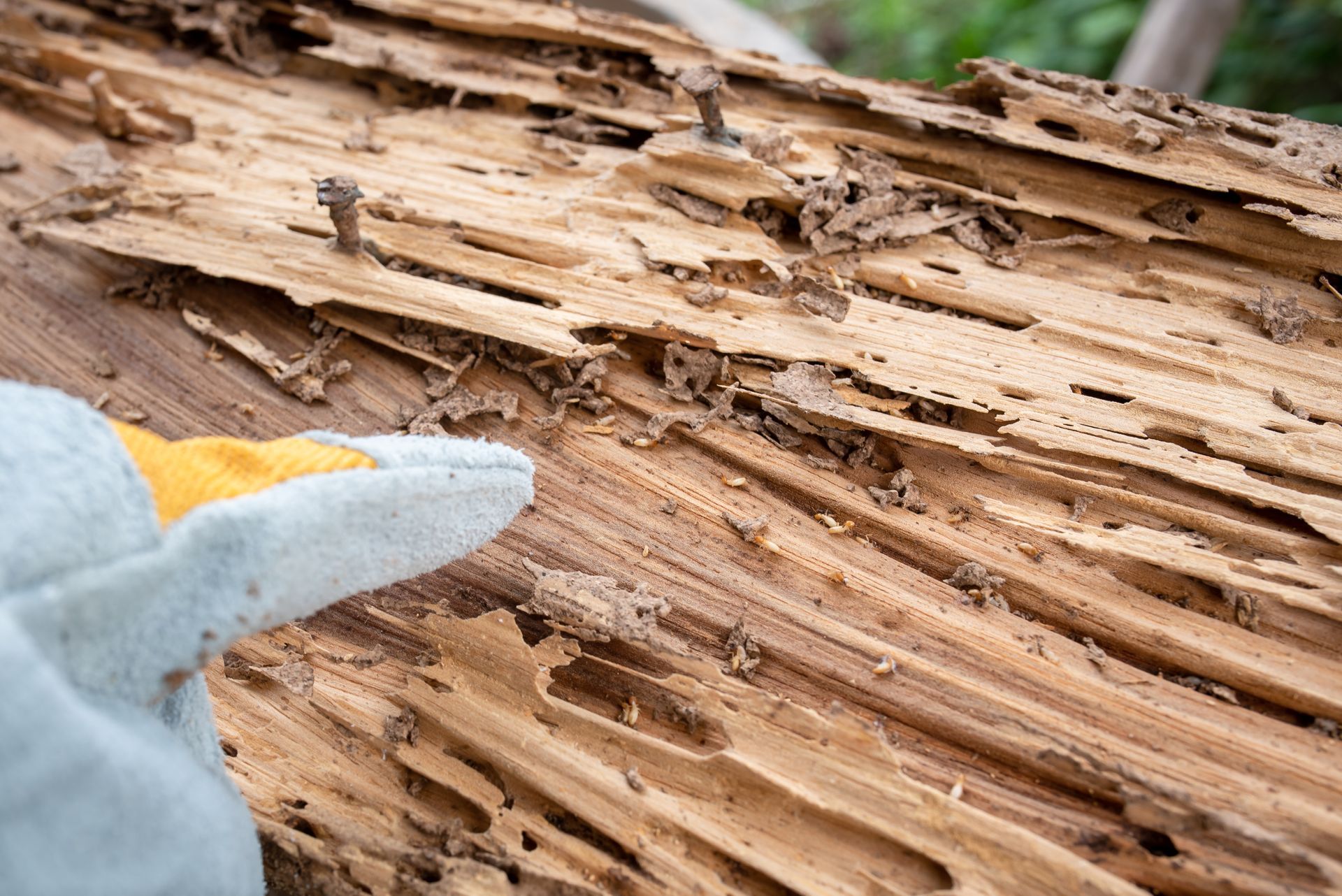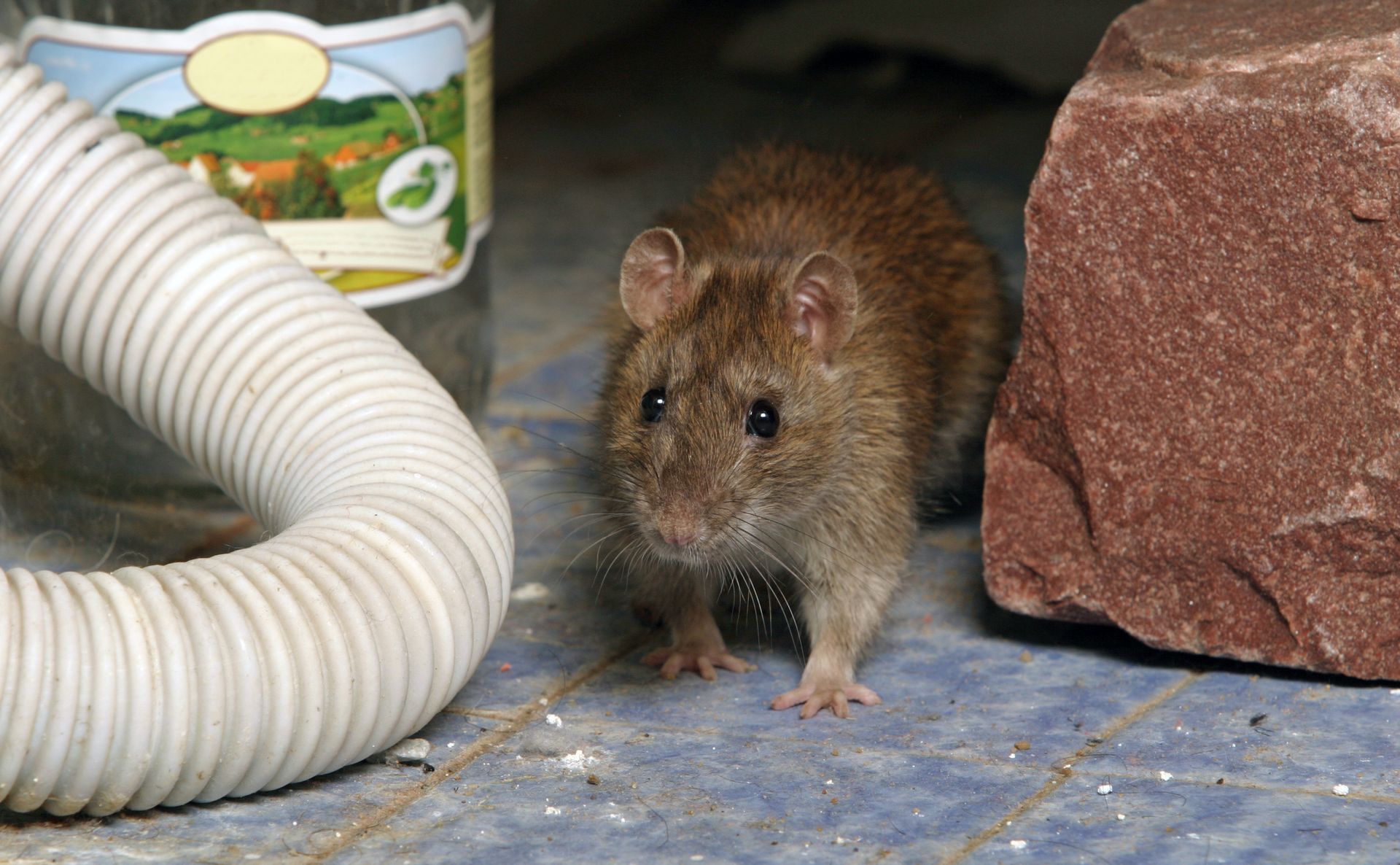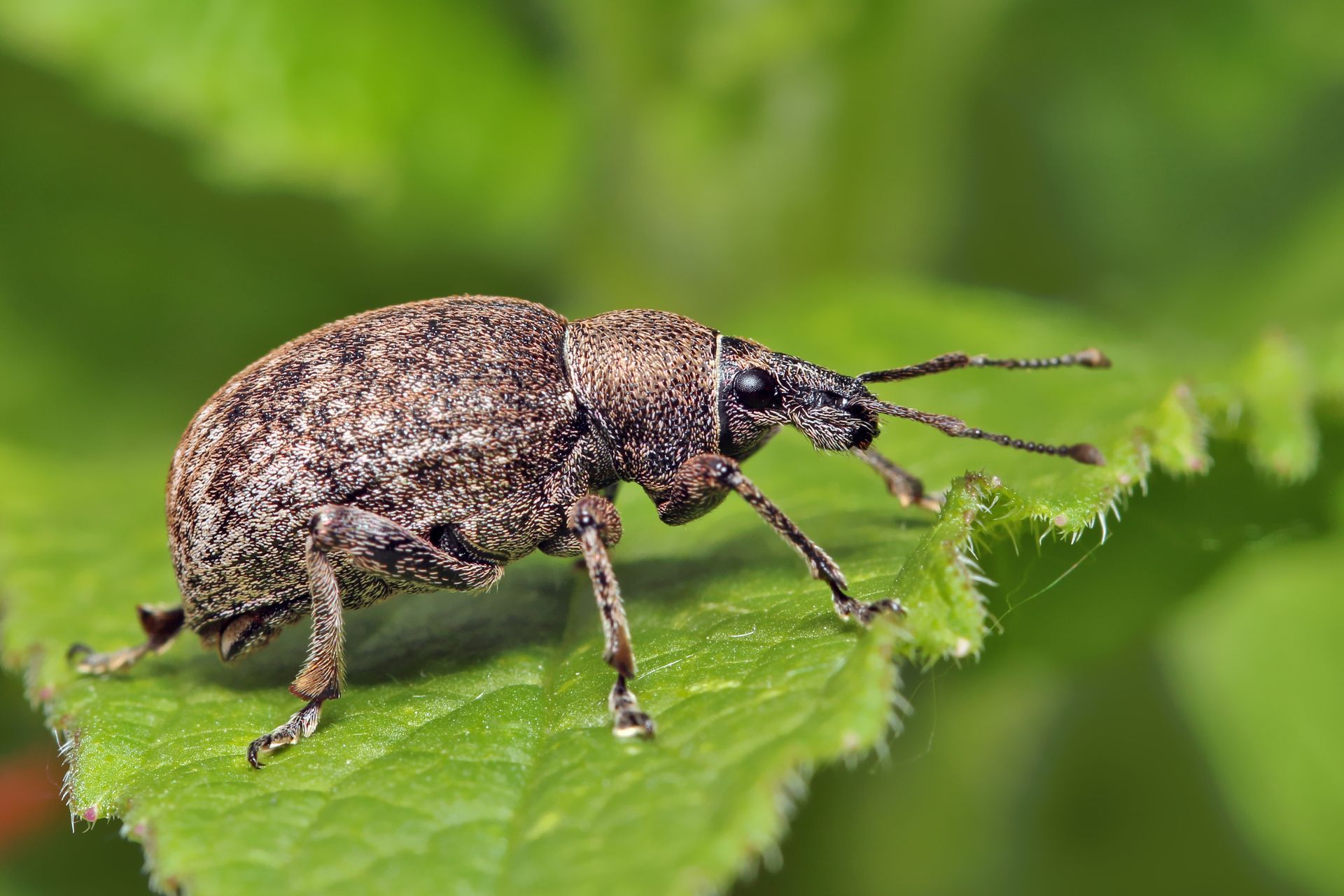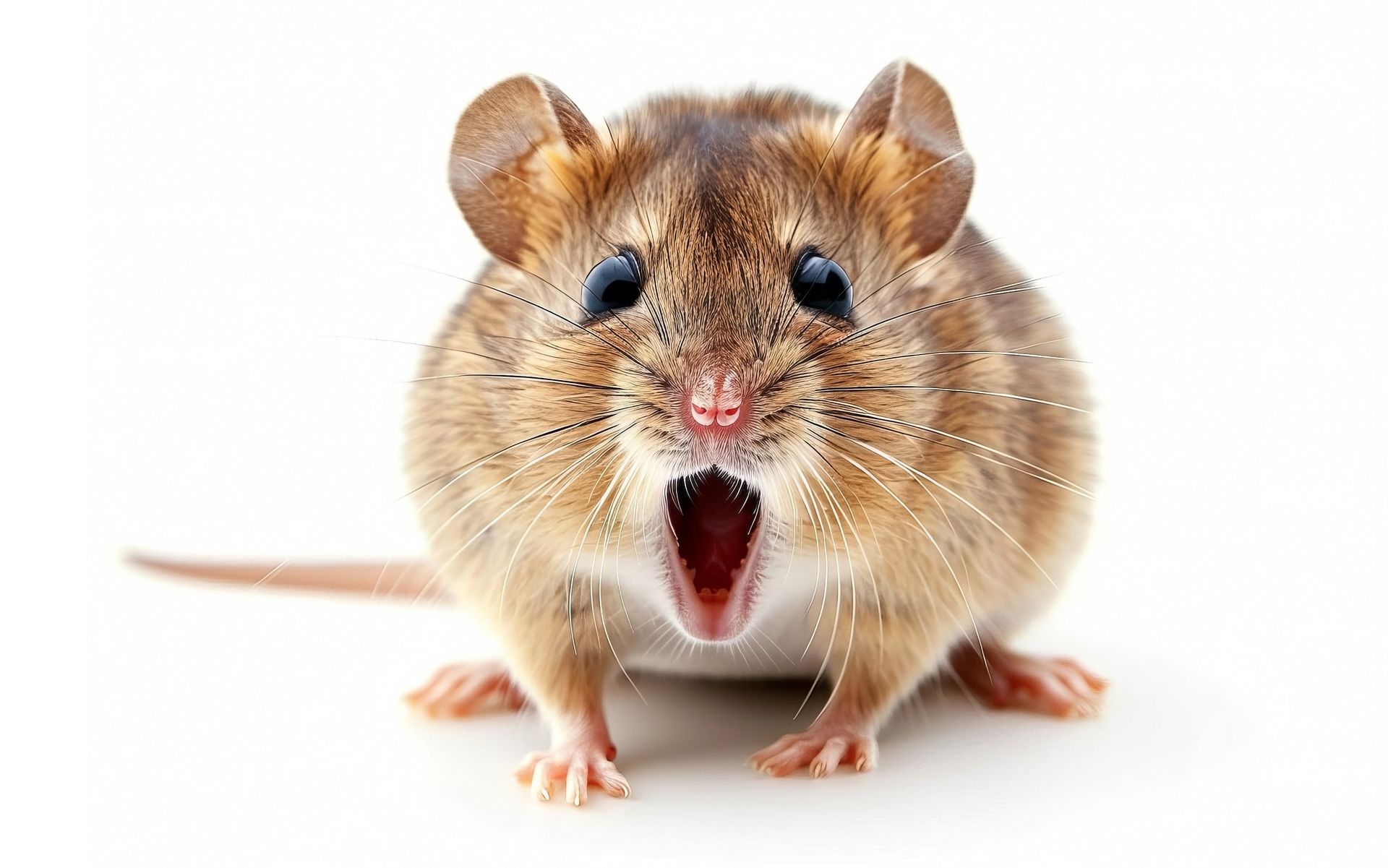Termite Swarming Season in Charlotte, NC: What to Know
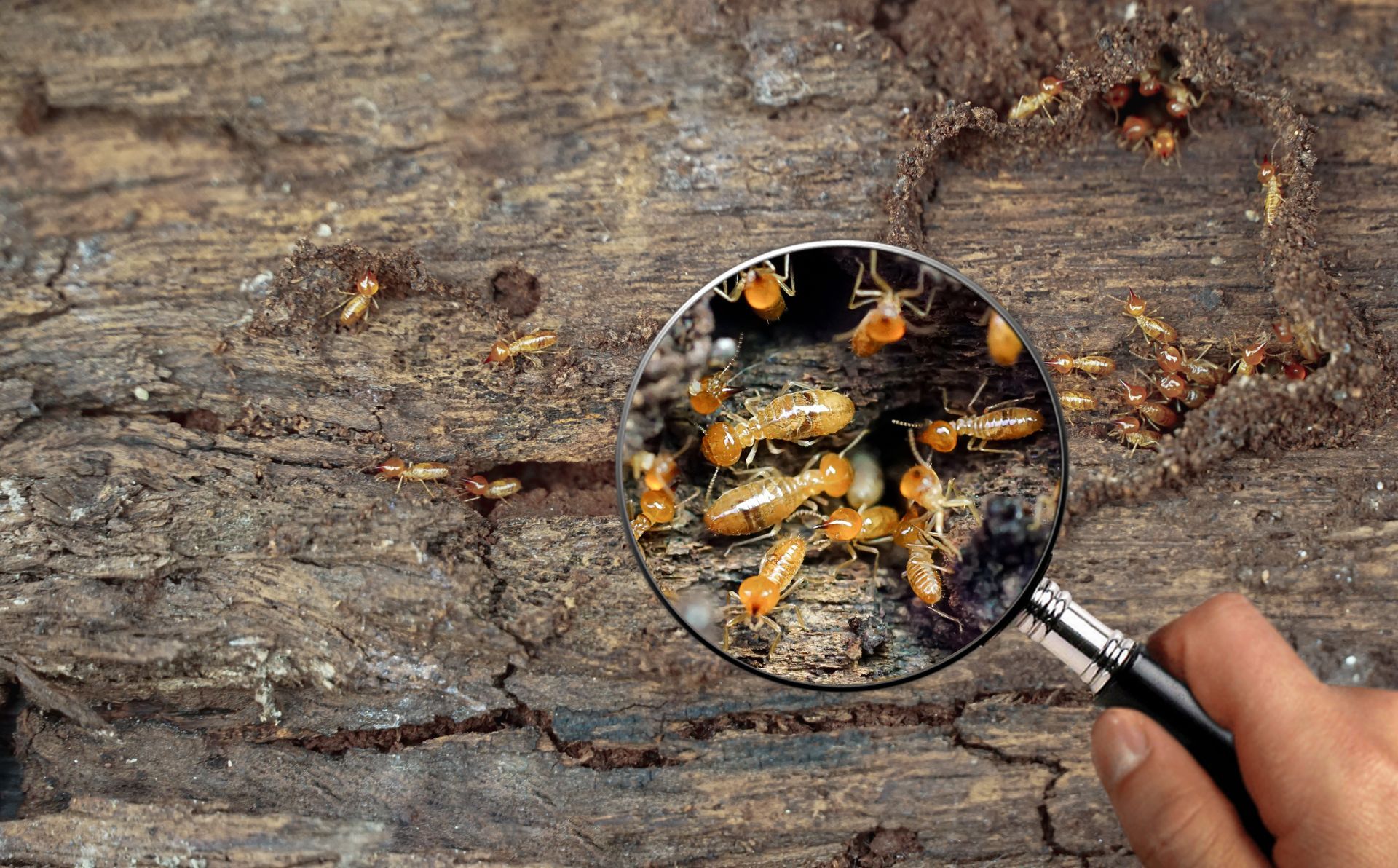
Termites are one of the most destructive pests that homeowners can face in Charlotte, NC, can face. Every year, billions of dollars in property damage occur nationwide due to these silent destroyers. One of the first signs of a termite problem is the appearance of termite swarming, winged termites that emerge to reproduce and establish new colonies. If you see these swarmers in or around your home, it's a strong indication of a termite infestation.
What Are Termite Swarmers?
Termite swarmers, also known as alates, are reproductive termites that emerge from mature colonies to start new ones. Unlike worker termites, which remain hidden in wood or soil, swarmers are visible as they take flight in large numbers.
How to Identify Termite Swarmers
Termite swarmers are often mistaken for flying ants, but they have distinct characteristics:
Straight antennae (ants have bent or elbowed antennae)
Equal-length wings (ants have front wings longer than their hind wings)
Straight-waist body (ants have a pinched waist)
If you see winged insects that match this description, especially indoors, it could be a sign of a termite infestation.
When Is Termite Swarming Season in Charlotte, NC?
Charlotte, NC, has a warm and humid climate that provides ideal conditions for termites. Eastern subterranean termites, the most common species in the region, typically swarm in the spring, from March to May . There is a lesser season in the late summer to early fall. However, the exact timing depends on temperature and moisture levels.
Swarming usually occurs on warm, humid days, especially after rainfall. The swarmers emerge from the ground or wood in large numbers, looking for mates and new places to establish colonies.
Why Do Termites Swarm?
Termites swarm to form new colonies. Once a mated pair finds a suitable location in the soil, they shed their wings and begin forming a new colony. If swarmers are seen inside your home, it likely means there is an active infestation nearby.
Signs of a Termite Infestation
Even if you do not see active swarmers, other signs can indicate a termite problem:
1. Discarded Wings
After landing, termite swarmers shed their wings. If you notice small piles of translucent wings near windowsills, doors, or light sources, it could be a sign of termites inside your home.
2. Mud Tubes
Subterranean termites build mud tubes to travel between their underground nests and food sources. These pencil-thin tunnels are often found on foundation walls, crawl spaces, or wooden structures.
3. Hollow or Damaged Wood
Termites consume wood from the inside out, leaving a thin outer layer intact. If wood sounds hollow when tapped or crumbles easily, it could be termite damage.
4. Bubbling or Peeling Paint
When termites hollow out wood, the galleries they pack with mud trap moisture just beneath the surface. That hidden humidity can make paint blister, bubble, or peel—often mistaken for ordinary water damage. If you see unexplained paint distortions along trim, window sills, or baseboards, check for the telltale mud tunnels or other signs of termite activity lurking behind the walls.
How to Prevent Termite Infestations
Preventing termites requires a combination of proactive measures and professional inspections. Here’s how you can protect your home:
1. Reduce Moisture Around Your Home
Fix leaky pipes and faucets.
Ensure proper drainage around the foundation.
If necessary, use a dehumidifier in crawl spaces and basements
2. Eliminate Wood-to-Soil Contact
Keep firewood, mulch, and wooden structures at least 12 inches away from your home’s foundation.
Use termite-resistant materials for construction.
3. Schedule Regular Inspections
An annual termite inspection from a professional pest control company like Killo Exterminating Co., Inc. can detect infestations early.
What to Do If You See Termite Swarmers
If you spot termite swarmers in or around your home, do not ignore them! Here is what to do:
Collect Evidence – Take photos or capture a few swarmers for identification.
Check for Other Signs – Look for mud tubes, wood damage, or discarded wings.
Avoid Disturbing the Area – Do not spray or remove evidence before an inspection.
Call a Professional – Contact Killo Exterminating Co., Inc. for a thorough inspection and treatment plan.
Professional Termite Control in Charlotte, NC
DIY termite control is rarely effective. Since termites live hidden inside wood and underground, professional treatment is necessary to eliminate them completely.
Our Termite Treatment Process
At Killo Exterminating Co., Inc., we offer:
Comprehensive Inspections – Our experts assess your home for signs of termites and potential risk factors.
Liquid Barrier Treatments – Applied around your home’s foundation to stop termites before they enter.
Preventative Plans – Ongoing protection to keep termites away for good.
With over 85 years of experience in Charlotte, we provide trusted, effective termite solutions tailored to your needs.
